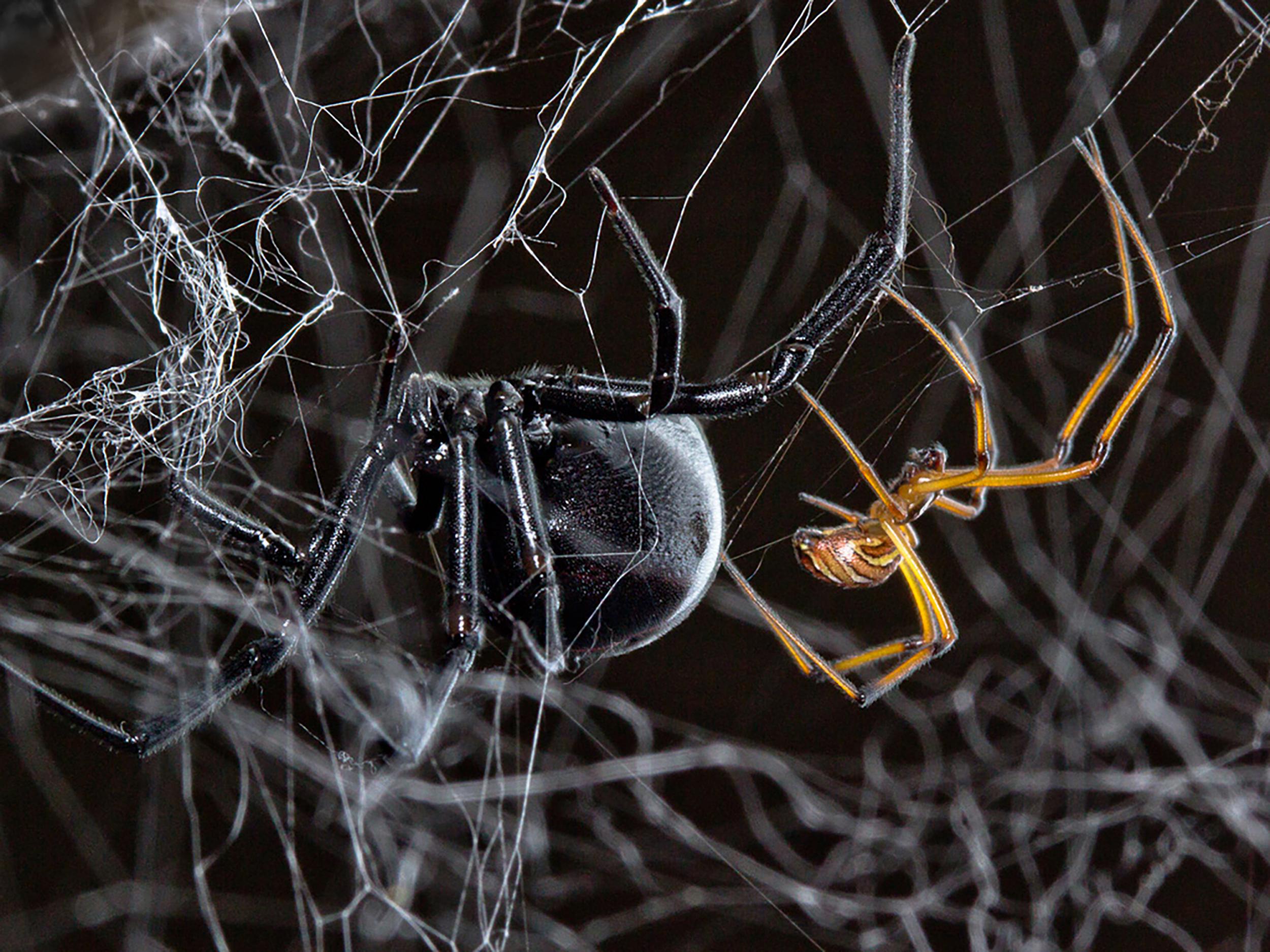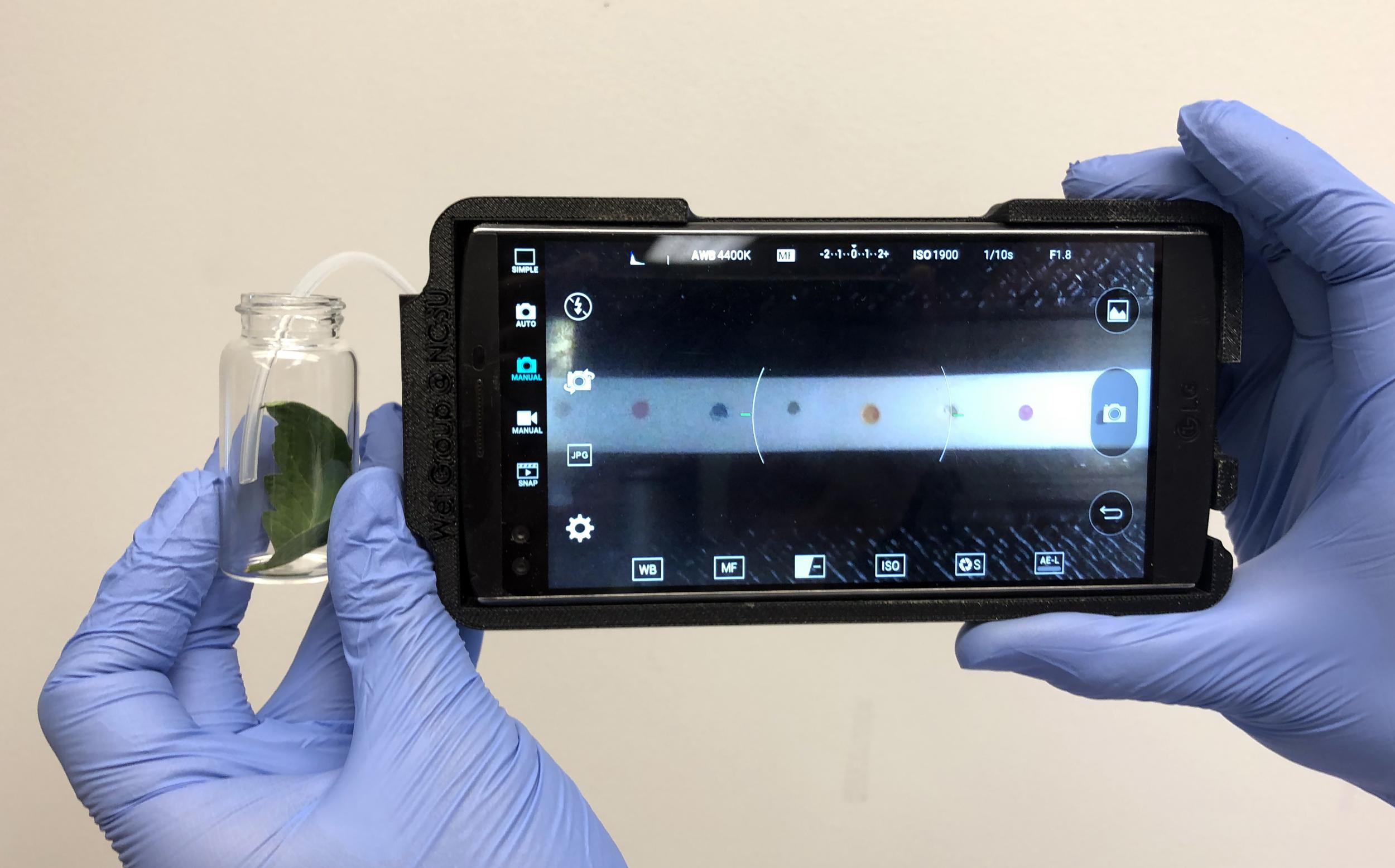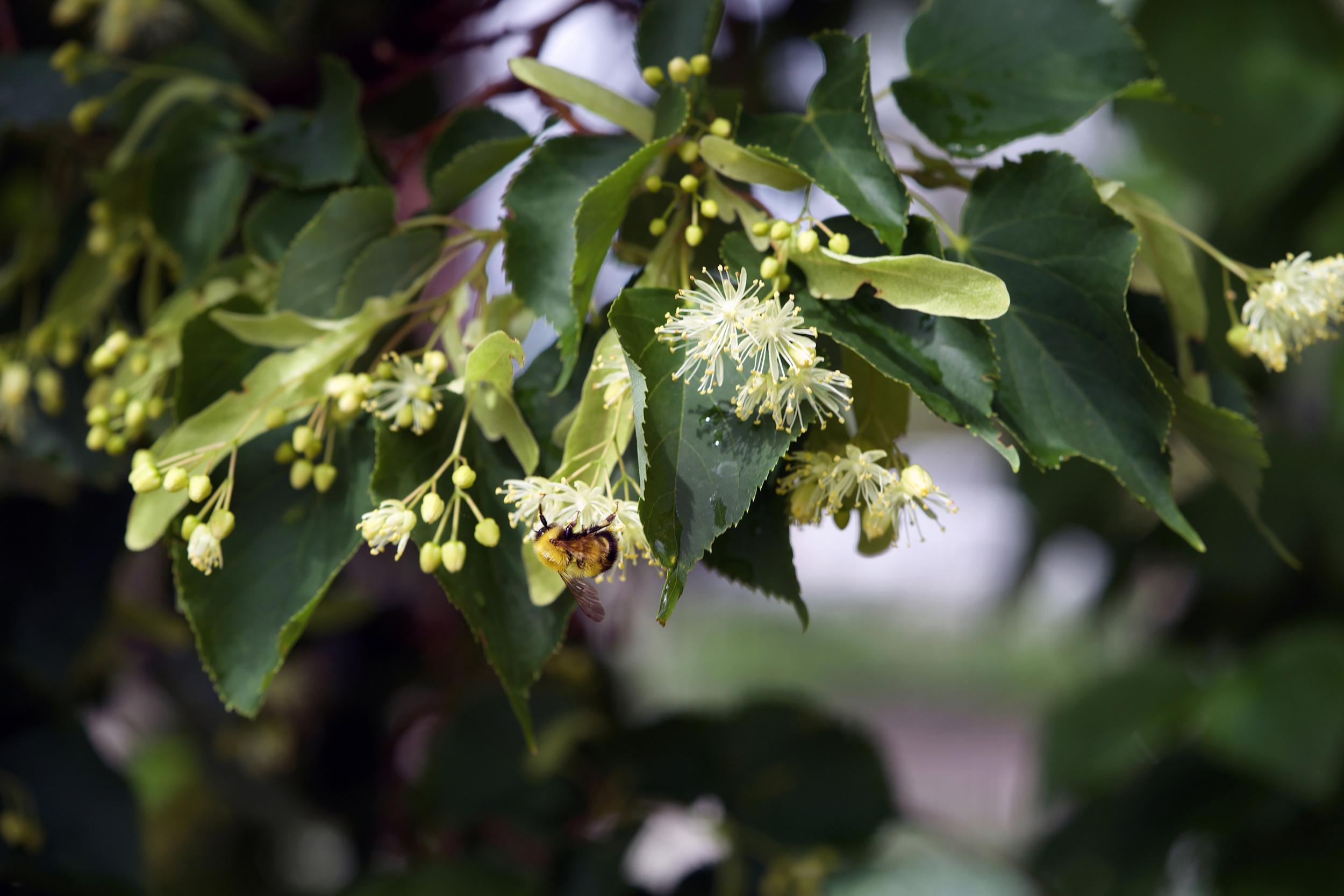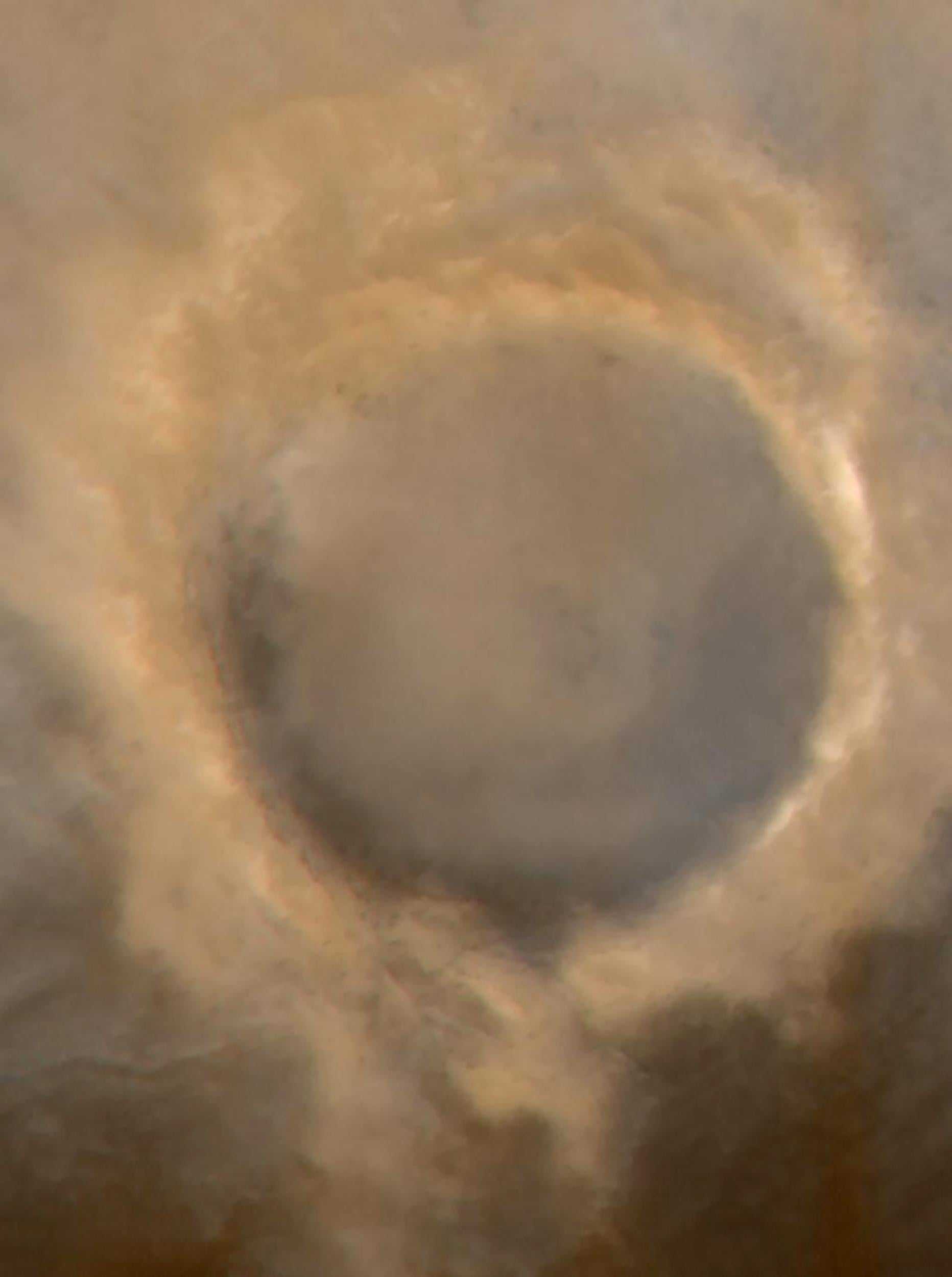Science news in brief: From mating black widows to mega-tsunamis on Mars
And other news from around the world

How does a male black widow find a mate? Follow the other guys
It’s a myth that female black widow spiders always kill and consume their mates. But courtship remains perilous for males, cannibalism or not. The terrain, navigated in the dark, is challenging. The female’s web releases come-hither pheromones, but only about 12 per cent of prospective males manage to reach it. And once there, they can expect to face other competing males.
Usually, this results in wild displays of machismo. The males slash the female’s webs to make them less enticing to others. They deposit “mating plugs” in the female’s body to block rival sperm. Why not simply avoid the competition and seek out females’ webs empty of other males? But male black widows actually seem to thrive on the competition, according to a recent study in the Proceedings of the Royal Society B: Biological Sciences. Researchers found that male black widows find potential mates faster by following the silk trails left behind by other males.
“Males have to race to find females,” said Catherine Scott, an arachnologist at the University of Toronto Scarborough in Canada. “It makes sense for them to try to use all the tricks they can to find females as soon as possible, even if there are other males that have already found her.”
Scott and her colleagues were curious to know which tools males would employ when their access to female pheromones was limited. The researchers started by marking several males with different colours and releasing them at different distances from a large female’s web.
Most males reached the web within a couple of hours. Those who started from farther away arrived at the female’s web just as fast as their rivals: They simply followed the silk threads released by the males ahead of them.
“The silk threads act like a highway connecting the tops of plants,” Scott said. “So following this path is more efficient than trying to make their own way, climbing over obstacles and making sure they are still going in the right direction just based on pheromones carried by the wind.”
Sail on, pushed by the wind of sunlight

Over the past week, engineers have demonstrated how they can steer LightSail-2, a small privately financed spacecraft with a billowing silver sail. The technology could be used to propel future space probes through the solar system. Most space missions today are propelled by engines that provide bursts of acceleration with limited amounts of fuel. The rest of the time, the spacecraft are coasting. By contrast, with LightSail-2, particles of light from the sun bounce against the spacecraft’s 344 sq ft of sails – roughly the area of a boxing ring – generate a modicum of force, the equivalent of the weight of a paper clip pushing down on your hand. But because the sun always shines, the sail offers a continuous nudge that adds up over time to faster speeds – all without needing any fuel at all.
Officials at the Planetary Society, the nonprofit organisation that is running the mission, announced the achievement last month.
The Planetary Society has been pursuing the LightSail program for a decade, financed by 40,000 donations totalling £5.7m. LightSail 2 launched on 25 June, one of the payloads lofted by a SpaceX Falcon Heavy rocket. The spacecraft, about the size of a loaf of bread, successfully deployed four triangular sails of shiny Mylar a week ago.
As it circles around Earth, 450 miles above the surface, the spacecraft has been swinging its sails to catch the sunlight, much like a sailboat tacking in the wind. In the past four days, it has raised one side of its orbit by more than a mile. At the same time, the orbit is becoming more elliptical, and the other side of the orbit is swinging closer to Earth. That makes the spacecraft catch more of the atmosphere, and the drag will eventually pull LightSail-2 to its demise in about a year.
New way to fight crop diseases: with a smartphone

Late blight is a common disease of plants such as tomatoes and potatoes, capable of wiping out entire crops on commercial-scale fields. Caused by a fungus-like pathogen, it first appears as black or brown lesions on leaves, stems, fruit or tubers. If conditions are favourable, it can quickly spread to other plants through wet soil and as wind-scattered spores.
But farmers may have a new weapon to add to the arsenal. The technology, designed by researchers at North Carolina State University, relies on the science of subtle plant odours, and it can recognise sick plants early by employing a simple test strip that plugs into a reader on a smartphone.
Plants emit signalling chemicals from their leaves, not unlike the pheromones released by humans. “If a plant is diseased, the type and concentration of these volatile organic compounds changes,” said Qingshan Wei, a biomolecular engineer at the university. By sampling a plant’s emission profile, a farmer can assess whether or not a sample of their crop is infected, Wei said.
If the farmer suspects a late blight infection is underway, she can remove a leaf from a plant and place it in a small, covered glass jar. After the leaf’s volatile compounds have accumulated for 15 minutes or so, the cap is removed and the air is pumped from the jar into a reader device attached to the back of a smartphone.
Inside the smartphone reader is a strip of paper specially treated with organic dyes and nanoparticle sensors developed by the researchers. Upon interacting with the plant’s volatile compounds, the strip changes colour to indicate the presence or absence of the pathogen. It’s like a home-pregnancy kit for tomatoes, or a strep test for tubers.
In proof-of-concept testing, Wei and his team found that the technology could accurately detect changes in 10 plant odour molecules just two days after plants were inoculated with the pathogen that causes late blight, even before the effects were visible to the eye. The team’s results were published the journal Nature Plants.
Seeking a culprit when bumblebee carcasses pile up

In June 2013, in a car park in Wilsonville, Oregon, an estimated 50,000 bumblebees dropped dead. Shoppers reported bees falling from branches and crawling on the ground. Piles of carcasses scattered beneath dozens of linden trees marked the largest mass bee kill ever recorded.
The Oregon Department of Agriculture later determined that a pesticide used against aphids had poisoned the bees. They banned its use on lindens. But still more reports surfaced of mass bumblebee deaths around Oregon. Explaining them wasn’t as simple.
For centuries, people have noticed similar mysterious incidents around the US, Europe and Britain. In a study published last month in Plos One, researchers proposed an explanation: If it’s too cold, and the bees are too weak, and the trees are enticing but don’t produce enough nectar – all that may tip bumblebees over the edge.
To examine the other alleged death-by-linden cases in Oregon, a team of bee detectives who followed leads to various sites for observation and collection of actively foraging and dying bumblebees, and then drew connections between the cases.
After many dead ends, a pattern emerged: deaths seemed to occur on cooler mornings, late in the blooming season, when trees start running out of nectar.
Why, then, would the bees keep returning if they are able to detect nectar levels?
Alkaloids, like caffeine, can boost how rewarding bees find linden nectar. The team found an alkaloid called trigonelline that they think may attract bees.
They speculate that trigonelline could boost bees’ loyalty to linden even as nectar runs out. But when they visit on cool mornings without enough energy to heat up for a return flight to their nests, they fall to the ground, crawl around and die.
The authors stress their findings don’t mean we should stop planting linden trees. Instead, they call for planting flowers alongside to supplement bees throughout the season. Even when these bees die, many more survive and carry on their colonies’ legacy.
When a mega-tsunami drowned mars, this may have been ground zero

Today, Mars is a cold, dry world, home to dust devils and robotic explorers. But many scientists suspect it was once waterlogged.
A new study, published last month in the Journal of Geophysical Research: Planets, suggests that a 75-mile-wide impact scar in the Martian northern lowlands is to the red planet what the Chicxulub crater is to Earth: the mark of a meteor that generated a mega-tsunami when the planet was relatively young. If accurate, the finding adds evidence to the hypothesis that Mars once had an ocean, and would have implications for our search for life there.
Whether Mars was ever warm and wet enough to retain a liquid water ocean has long been debated by planetary scientists. Several climate models have indicated that it was probably too cold. But other researchers point to ancient river deltas and other geological evidence of a northern ocean some 3.7 billion years ago.
Additional evidence includes hints of mangled, buried coastlines visible from orbit; these suggest that mega-tsunamis with skyscraper-high waves inundated parts of Mars’s northern shores around 3 billion years ago. On a world believed to have lacked Earth-like plate tectonics, any tsunamis were probably triggered by a meteor slamming into a huge body of water.
The area where the northern ocean was thought to exist also contains what are called thumbprint terrains, found on the landward side of those suspected ancient shorelines. These terrains may have been etched by the chaotic and violent flow of water in the aftermath of the mega-tsunamis. But which craters were tied to the impacts responsible for those mega-tsunamis was long a mystery.
In 2017, a team led by Francois Costard, a planetary geomorphologist at the French National Centre for Scientific Research, used computer modelling to reproduce the mega-tsunamis most likely to have created those thumbprint terrains. That narrowed it down to a handful of impact craters.
For the new paper, Costard and his colleagues examined these candidate craters and ultimately zeroed in on Lomonosov, which was likely forged by a 9-by-12-mile meteor in just the right place at just the right time.
Its rim is also roughly the same height as the estimated depth of the ocean. Crucially, it physically resembles Earth’s marine craters, suggesting – if not definitively demonstrating – that it was created in a shallow ocean.
© New York Times
Join our commenting forum
Join thought-provoking conversations, follow other Independent readers and see their replies
Comments
Bookmark popover
Removed from bookmarks